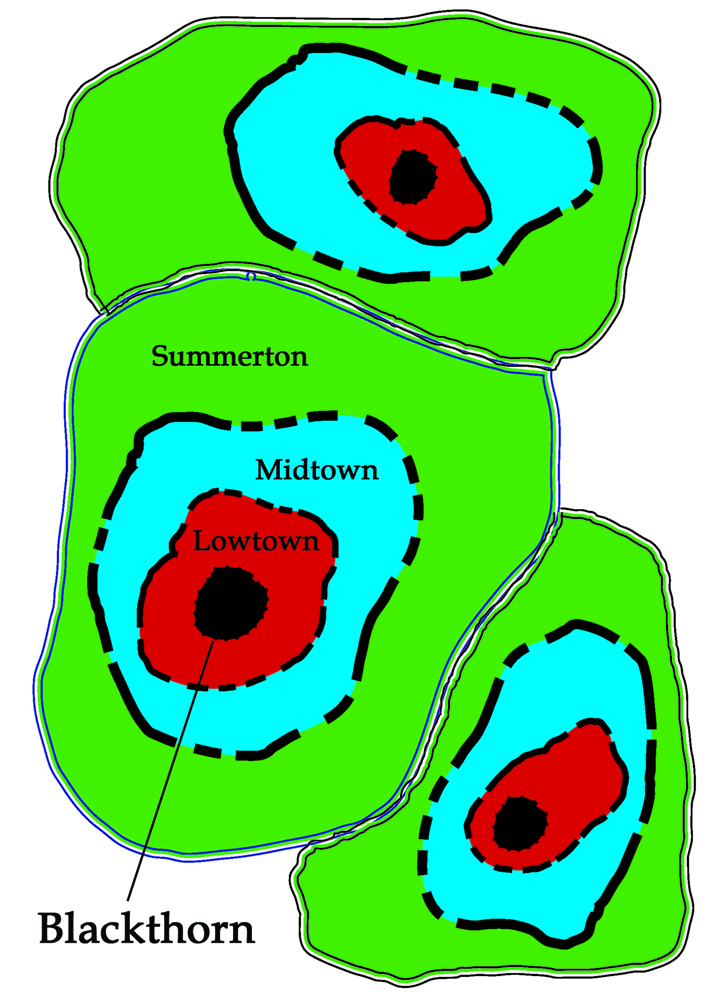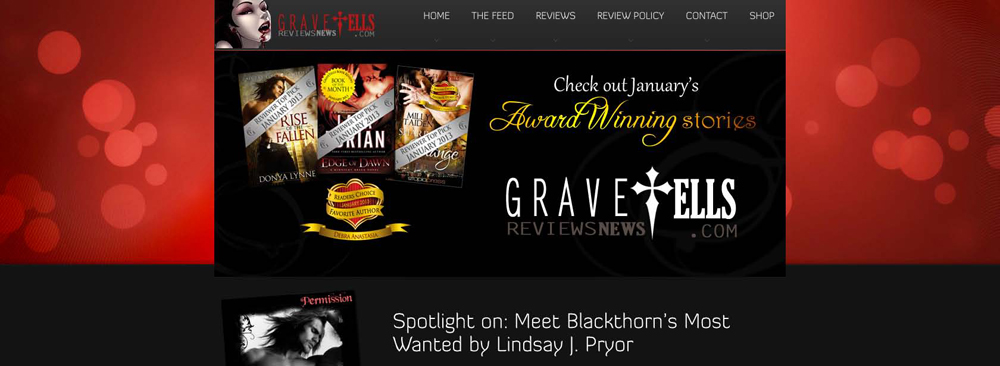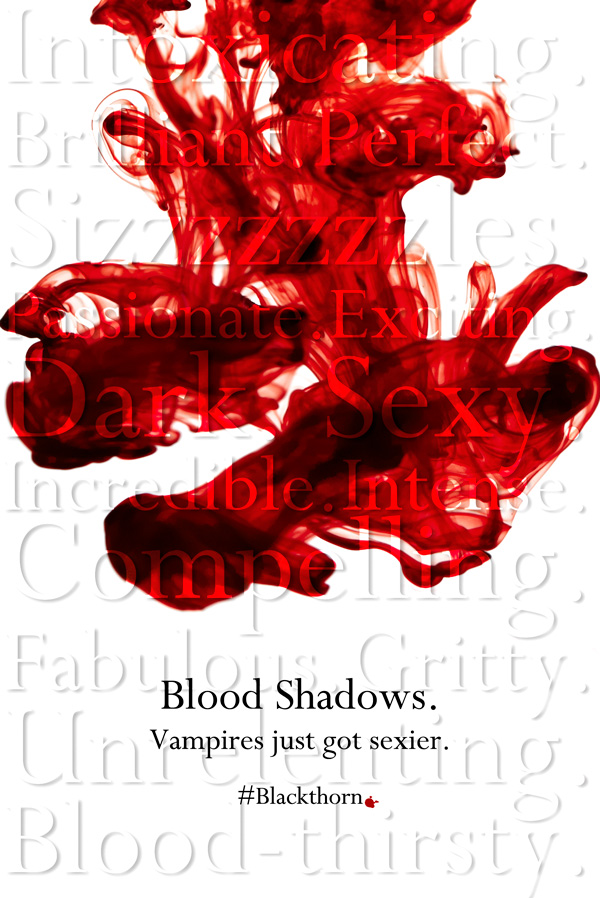Beneath Blackthorn #10
Welcome to my final Beneath Blackthorn post – a series of posts aimed at avid fans of Blackthorn who want a little extra insight.
BEHIND BLACKTHORN
Blood Shadows has been out for five months, Blood Roses will be available within days, Blood Torn is well underway and I’m already plotting book four in the background.
It’s hard to think that when I started writing Blackthorn, I had no idea where I was going – which, ironically, is not unlike that fateful night which first inspired the series. But it never really mattered because the prospect of publication was nowhere in sight. Sometimes you just have to write because there’s a story to tell, and I wrote Blackthorn purely out of enjoyment. I was taking myself on an adventure and the more I wrote, the deeper I got.
Blackthorn certainly never started out as a plan for an interwoven series of books. My intention was a collection of independent love stories all within the same world – individuals fighting through conflict to cross barriers and learn something about others as well as something about themselves.
What quickly transpired though was something much more intricate than that. I experimented with many Blackthorn stories over the years until piles of notebooks became filled with ideas not only about structuring individual novels but a series. Over time, certain characters and their stories rose to the surface as I started to see where Blackthorn was heading. Those romances developed from short stories and novellas to become full-length novels – stories you have come to know, so far, as Blood Shadows, Blood Roses and Blood Torn.
Whilst developing the Blackthorn series, it remained important to me to keep an individual identity for each romance – for each story to vary in accordance with the characters, the circumstances and their own personal battles. It was also essential to be consistent in creating a dark, sexy and complex read that the reader would feel is building up to something.
And it’s that ‘building’ that is core to the series and all the stories contained within. After all, I think any story, first and foremost, should be a journey – whether a stand-alone book or a series, you have to go somewhere. I’ve been on quite the journey over sixteen years of constructing Blackthorn. It was my companion through some of the darkest, most terrifying times of my life. But I think that’s what makes it so important to me. I’ve always believed writing isn’t just about spilling words onto a page – it’s about feeling something as you write, because that’s how you connect the fantastical with the real. Get caught up in it. Enjoy it. Be entertained. Smile, cry, hide, drool, shake your head in frustration, yell at the page, roll your eyes, ask questions – that’s what it’s all about. I’ve certainly had plenty of those moments! All I hope is that the stories continue to intrigue you enough to keep coming back because one way or another, there’s a lot more to come!
But I can’t end these posts without acknowledging that Blackthorn wouldn’t be in readers’ hands if it wasn’t for one very special publisher. Bookouture not only ‘got it’, but subsequently decided it could be worth taking a risk on a debut paranormal romance author enthused with an overspill of ideas for a new PNR series in an already ridiculously competitive market. And for everyone who has bought into the series, you’ve proved that was a risk worth taking.
Huge thanks for taking the time to read these posts, let alone everyone who has taken the time to read and review Blood Shadows. Your responses have been so unbelievably encouraging and mean an incredible amount to me.
But is there anything I haven’t covered? Is there anything you’re still itching to know? Is there a blog post you’re desperate to see? Send me a message and let me know. When I say I love to hear from readers, I mean it. And for those who have already been dropping hints, I have some fun posts coming your way very soon – not least with Blood Roses just around the corner.
Onwards and upwards, Team Blackthorn! 🙂




